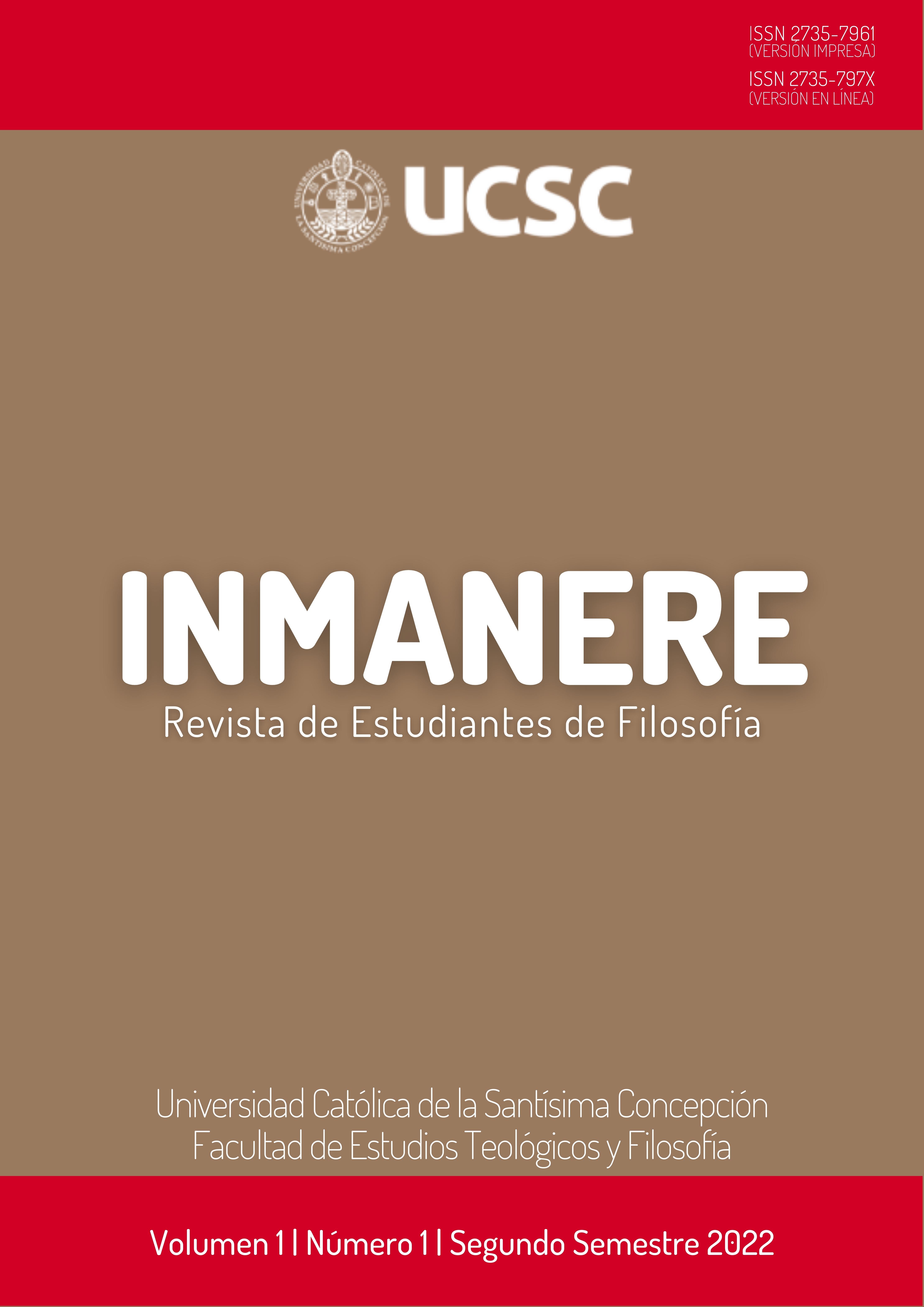La belleza como frontera estética: diálogo del Fedro en Platón
Contenido principal del artículo
Resumen
Para empezar, el presente artículo pretende abordar el concepto de frontera estética presentado por Platón. Por lo cual, se establecerá como punto de partida el concepto de belleza que desarrolla el autor en su diálogo el Fedro. A continuación, la consideración de la estética y de características desarrolladas en este diálogo platónico, permitirán tener los elementos que le llevan a señalar la belleza como puente. Es decir, cómo es un punto de encuentro entre dos realidades, la del mundo material con la del mundo inteligible. Por consiguiente, el artículo desarrollará principalmente los aspectos que llevan a través del diálogo del Fedro, a la posibilidad de referirse a la belleza como mediación de la experiencia estética. Todo esto tiene la intención de que, a partir del análisis y reflexión del diálogo, lleven a señalar los elementos que permitan establecer en qué sentido la belleza es una frontera dentro de la experiencia estética para el ser humano.
Detalles del artículo
Sección

Esta obra está bajo una licencia internacional Creative Commons Atribución 4.0.
El trabajo se encuentra licenciado bajo una Licencia Creative Commons Atribución 4.0 Internacional. Esta licencia permite la compartición y adaptación del material en cualquier medio o formato, incluso con propósitos comerciales. Es necesario otorgar la atribución adecuada, proporcionar un enlace a la licencia y mencionar si se han realizado cambios en el material. No se pueden aplicar restricciones adicionales que limiten legalmente a otros a realizar cualquier uso permitido por la licencia.
Cómo citar
Referencias
Ayllón, J., (2012). Filosofía Mínima. Planeta.
Careaga, M., (2020). Aproximaciones a la epistemología para universitarios. Ril.
Gomperz, T. (2000). Pensadores Griegos, Tomo II. Herder.
Grube, G. (1973). El pensamiento de Platón. Gredos.
Lledó, I. (1988). Introducción. En Platón. (1988). Diálogos III. Gredos.
Platón. (1988). Diálogos III. Gredos.
Ramis, M. (2006). Elementos para la determinación de lo bello en los diálogos de Platón. Iter Encuentros. (XIV), 185-195.
Real Academia Española, RAE. (2021). Recuperado de https://dle.rae.es/frontero
Ross, D. (1993). Teoría de las ideas de Platón. Cátedra.




